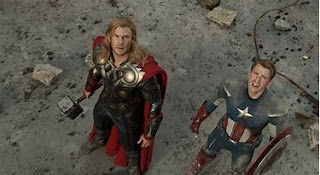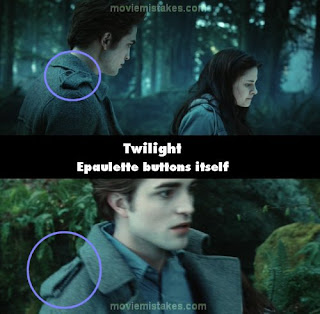A high angle is where the camera is positioned high looking down at the character/characters, this is used to show the characters as being weak, puny, vulnerable, powerless etc. e.g. superhero films to show the hero being completely powerless.
Low Angle:
A low angle is the complete opposite to a high angle. Instead of being up high the camera is down low facing up at the character/characters, this is used to make the characters look strong, powerful, mighty, heroic etc. e.g. classic superhero films like Batman or Superman when they're come to save the day.
Dutch Angle:
A Dutch angle or also known as a canted angle is where the camera is set off its axis, tilted to the right or left, this is used to create tension or psychological uneasiness. This was used a lot by Alfred Hitchcock. e.g. Psycho.
Tilt:
A tilt is were the camera is tilted up and down, this is used to show a person, head to toe or a tall building etc. e.g. someone meeting someone new and checking them out so the audience sees it from their perspective.







